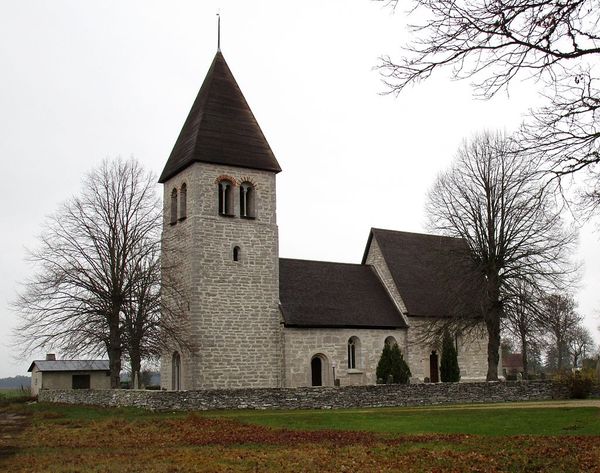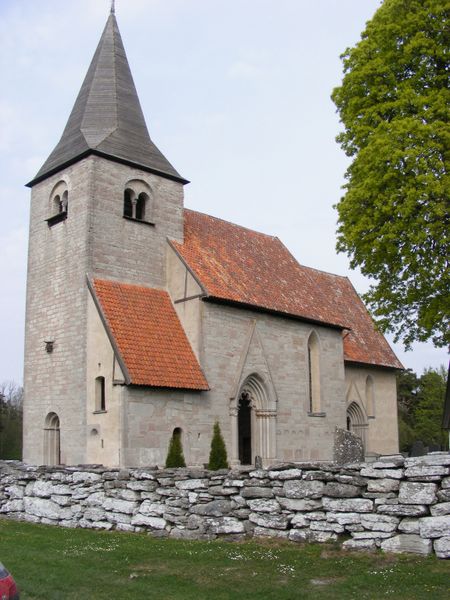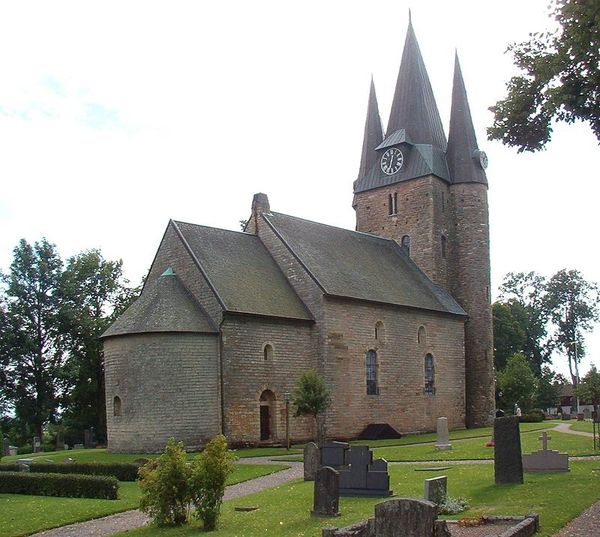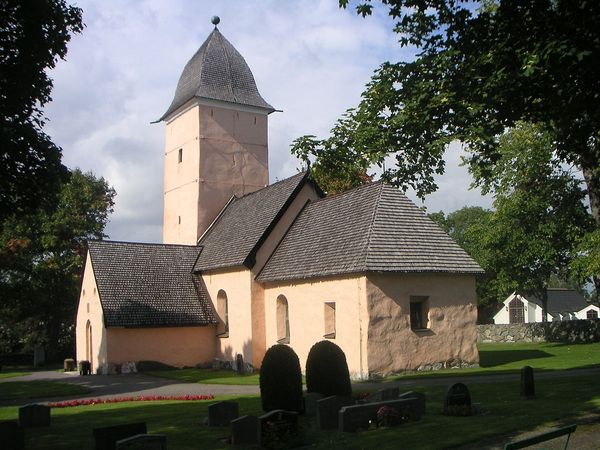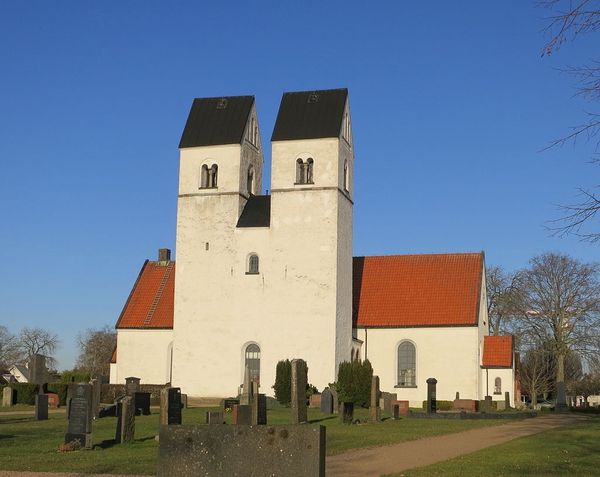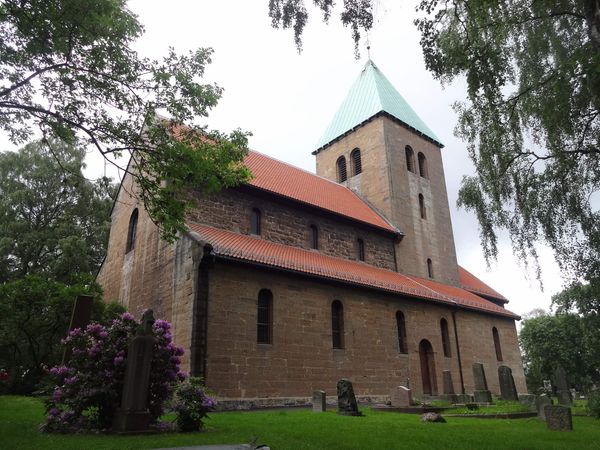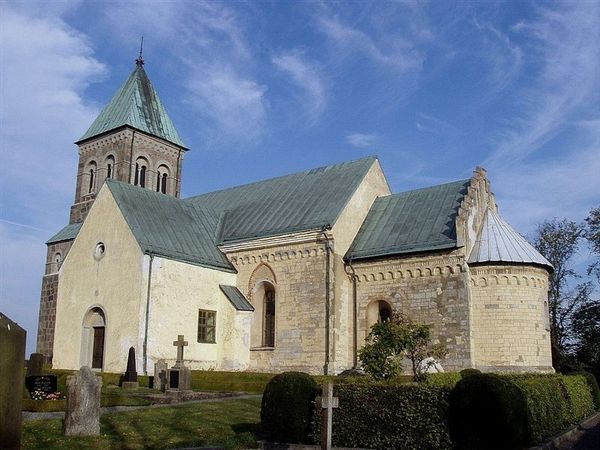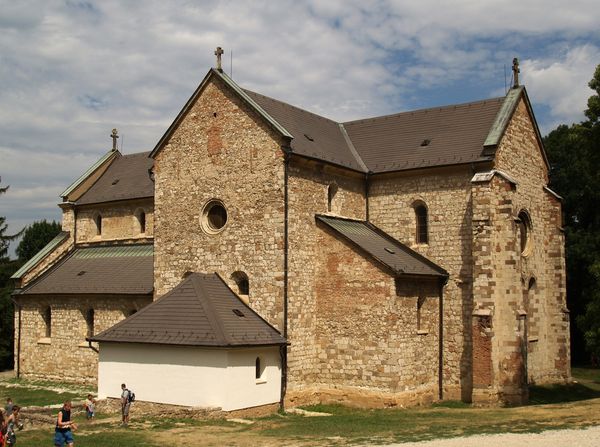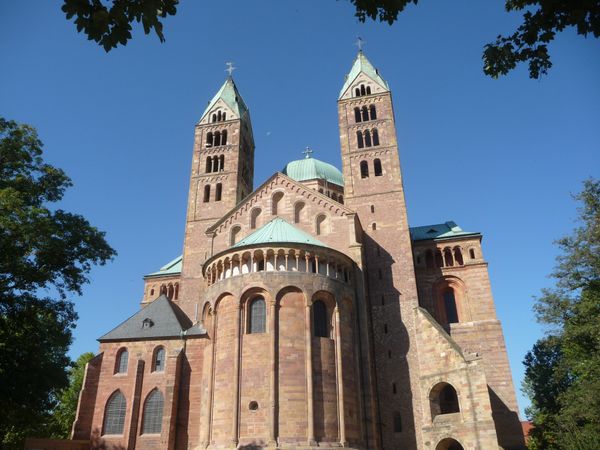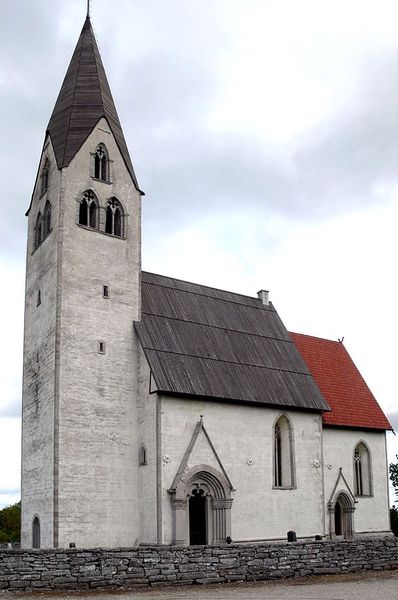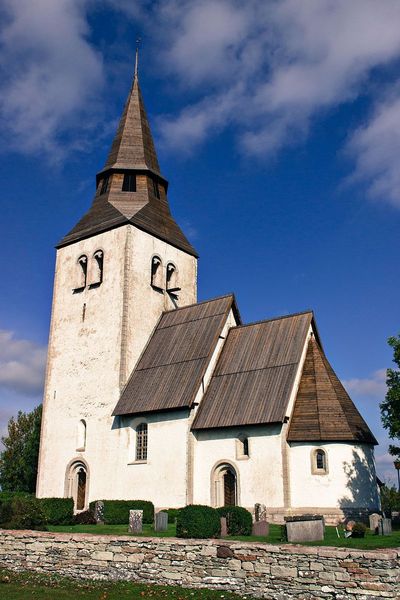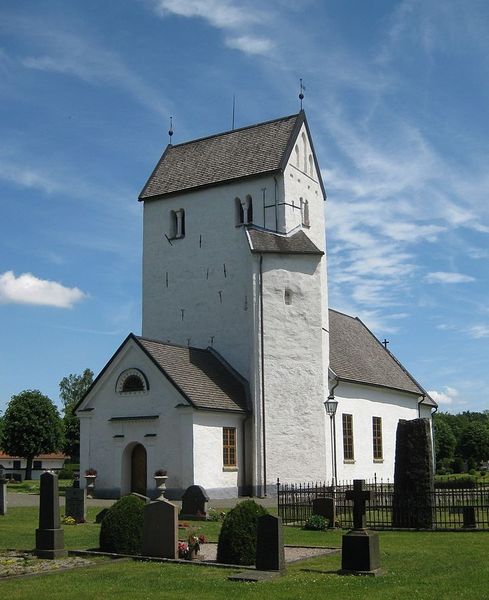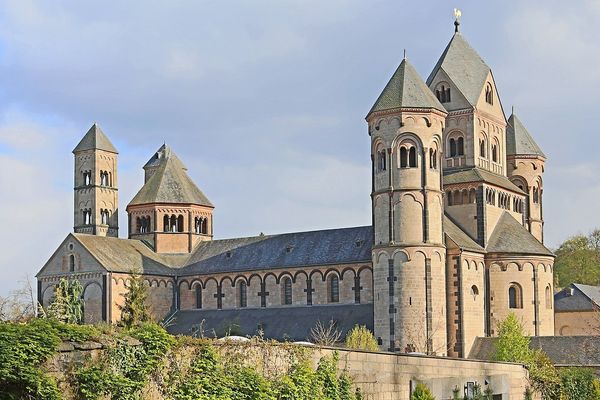
photography, architecture
#
medieval
#
building
#
landscape
#
architectural photography
#
photography
#
romanesque
#
architecture photography
#
architecture
#
historical building
#
building
Copyright: Public domain
The Tum Collegiate Church in Poland was made by Romanesque architects sometime between the 11th and 13th centuries, primarily using stone. The hefty, solid appearance of the building is directly attributable to the materiality of the stone itself. Each block was quarried, dressed, transported, and then hoisted into place, a labor-intensive sequence that would have involved entire communities. Look closely and you can see the relatively small windows, necessary to maintain structural integrity. The thick walls and rounded arches are hallmarks of the Romanesque style, built to last and to inspire awe. The copper roofing is a later addition; originally the building would have been entirely stone. This church is a testament to the profound skill involved in crafting such monumental structures. It reminds us that even something as seemingly permanent as a building is the product of endless human labor, and stands as a symbol of communal effort and enduring faith.
Comments
No comments
Be the first to comment and join the conversation on the ultimate creative platform.

